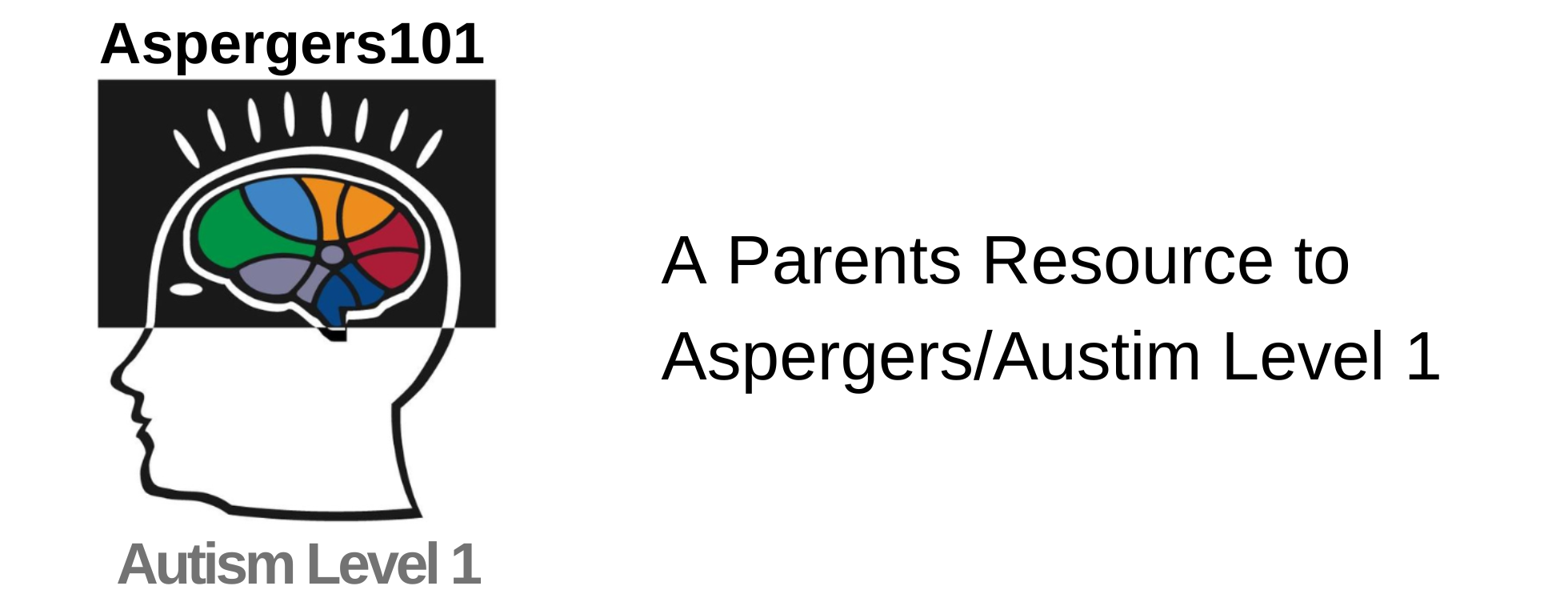Informal Childhood Developmental Checklist
Our son has Asperger Syndrome. To get the diagnosis didn’t come easy and the path to that diagnosis was rocky to say the least. That was over 12 years ago and still, the following checklist we received from our school district is the best heads-up to having Aspergers Syndrome that I’ve seen to date. It cuts to the chase. Though only meant as a ‘checklist’ remember this is not an official document and only mean’t to flag a strong suspicion of Aspergers Syndrome. A doctor or trained therapist would need to make that call, however; if you are looking for a guideline of sorts….it doesn’t get much better or black and white than the form below. It was spot on for us describing our son Sam. We’ve also put it in a downloadable format at the bottom. May it lead you towards illumination! -Jennifer Allen/Aspergers101

Informal Childhood Developmental Checklist
Social Interactions
Yes No
____ ____ The child prefers to play alone.
____ ____ The child is rarely invited by others to play in the neighborhood or to participate in activities outside of school.
____ ____ The child’s social interactions and responses are immature, not keeping with his/her age or his/her cognitive abilities in other areas.
____ ____ The child has difficulty interacting in group settings.
____ ____ The child does not play with other children as expected: he/she may not appear interested in their games, or may not know how to join in.
____ ____ The child appears to be vulnerable to teasing, bullying and being taken advantage of by others.
Behavioral Observations
Yes No
___ ___ The child has difficulty understanding the effect his/her behavior has on others.
___ ____ The child has a significant amount of difficulty taking the perspective of another person, even when it is explained to them.
____ ____ The student has overwhelmingly limited interests in things such as video games, superheroes, cartoon characters.
____ ____ The child’s choices of toys or activities are limited to a select few, without being open to trying new things.
____ ____ The child’s play appears to be scripted or like a reenactment (such as repetitively recreating movies or favorite stores with word and action).
____ ____ The child displays limited understanding of, or involvement in, role-play and spontaneous make-believe play.
____ ____ The student’s play is marked by imitation rather than cooperative interaction, for example parallel play.
____ ____ The child has great difficulty with unexpected changes, even when prepared for the change ahead of time.
Communication
Yes No
____ ____ The child demonstrates severe delays in communication skills or is nonverbal.
_____ _____ The child lacks natural turn-taking skills when conversing with peers.
_____ _____ The child has difficulty following change of topics of conversation in response to the lead of a conversational partner.
_____ _____ The child has difficulty maintaining conversations with others, when the topic is something other than that of their interest.
_____ _____ The child has difficulty using and/or understanding non- verbal cues, such as facial expressions, body language or gestures.
_____ _____ The child tends to interact with adults rather than peers.
_____ _____ The child tends to make the same social mistakes repeatedly, although their skills improve in other developmental areas.
Sensory and Motor Issues
Yes No
____ _____ The child has fine motor difficulties.
____ _____ The child has gross motor difficulties.
____ _____ The child exhibits over sensitivity to environmental stimuli, such as sound, temperature, pain, reflection or textures.
____ _____ The child exhibits “under-sensitivity” t environmental stimuli such as sound, temperature or pain.
_____ ______ The student appears awkward and uncoordinated in a way different from same-age peers.
_____ ______ The child displays excessively repetitive bodily movements such as rocking, flapping, spinning or self-aggression.
You may download the Informal Childhood Developmental Checklist form below
A graduate of Abilene Christian University, Jennifer had a long career in TV Broadcasting. Upon learning her oldest son Sam had a form of Autism called Asperger’s Syndrome, she left her career and became a full-time mother to both of her sons. Jennifer elicited the participation of her family and together they produced several independent programs including a children’s animated series titled Ameriquest Kids, as well as a documentary and book titled, Coping to Excelling: Solutions for School-age Children Diagnosed with High-Functioning Autism or Aspergers Syndrome. She formed the nonprofit Asperger101 to provide on-going free resources related to ASD at Aspergers101.com and has implemented the Texas Driving with Disability Program and continues to grow the statewide initiative today. She and her husband have recently retired to their property in the Texas Hill Country.


